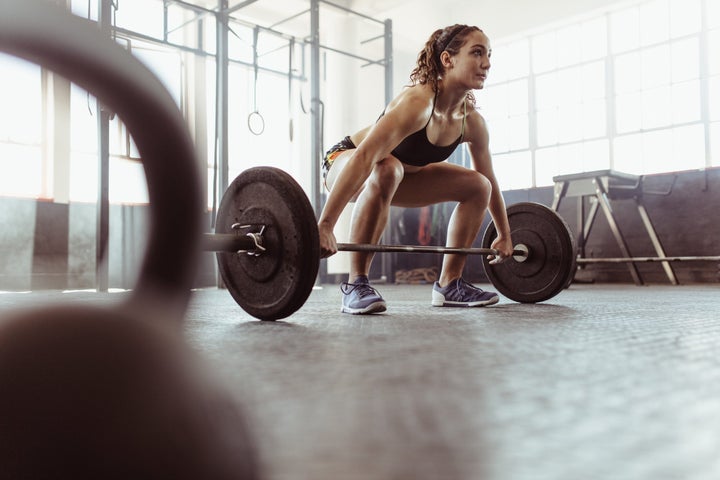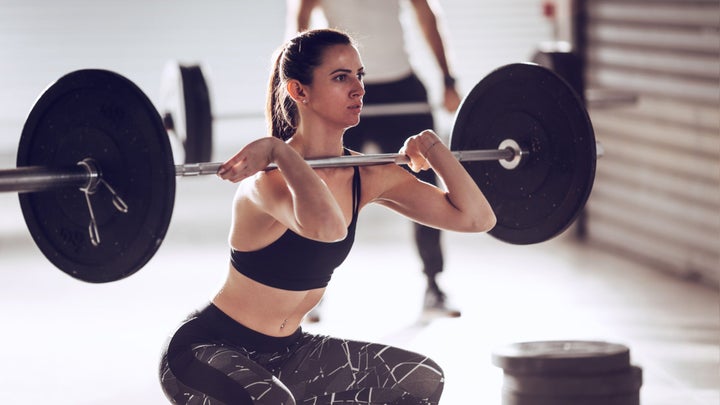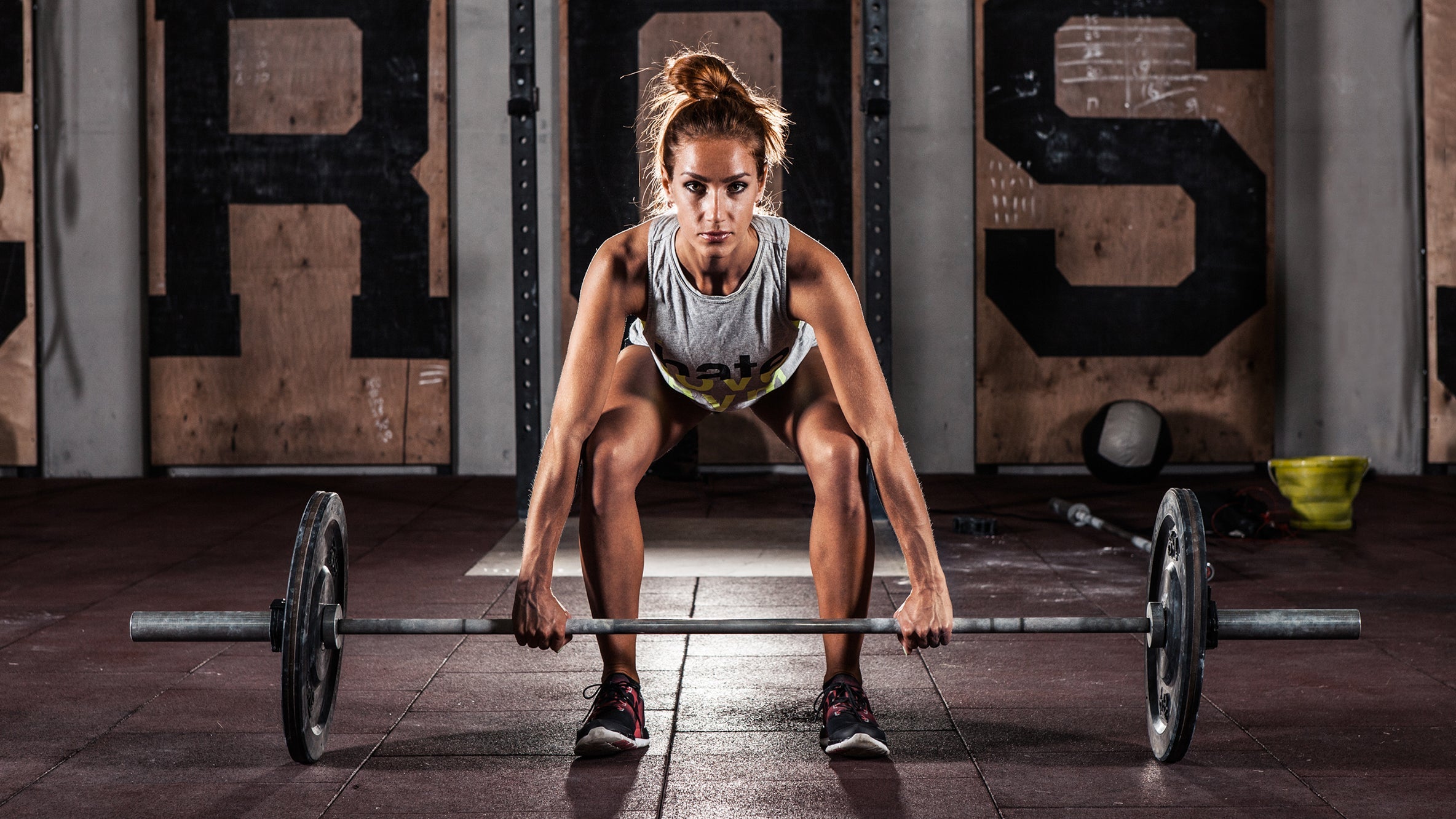It’s becoming more common to see runners in the gym lifting weights. No longer do most runners believe they are simply “lungs with legs.” This is great news because strength training has so many benefits for endurance runners:
- Better injury resilience with tougher connective tissues, muscles, and bones
- Increased ability to kick at the end of a race and finish strong
- Improved running economy (efficiency)
Let’s focus on that third bullet: The promise that strength training can improve your economy and make you into a more efficient, powerful runner.
First, take note: Not just any type of strength training will do. Avoid these mistakes when you start lifting weights, and you’ll be far ahead of the pack:
- Skip most fitness classes at the gym (they’re too aerobic)
- Avoid bodybuilder workouts (they’re too long and only focus on hypertrophy, or muscle growth)
- Don’t lift for endurance (we get enough of an endurance stimulus while we’re running!)
Now, on to what you should do. We’re looking for an optimal strength training plan so you can gain all the benefits while minimizing your injury risk and wasting as little time as possible in the gym (my hunch is that you’d rather be running).

Lifting for Running Economy: The Basics
To improve your economy so you can run at the same effort with less energy, it’s critical to build strength training exercises into your program that accomplish two important goals.
The first goal is coordination. Strength training has been described as “coordination training under resistance” and it helps us runners run more fluidly with less wasted motion while we’re fatigued.
Without this coordination training, running form deteriorates whenever we’re tired. Wasted energy means we race slower. And all that inefficient movement makes us far more susceptible to injuries.
The second goal is power or the ability to recruit as many muscle fibers as possible for work. With the ability to recruit more fibers of your muscles, you’ll get tired later in the race and have more reserves to call upon when it’s time to kick hard to the finish line.
To strength train for both coordination and power you have to perform relatively heavy lifts. And if possible, engage in explosive movements like the Olympic weightlifting exercises.

Strength Exercises for Improving Your Stride
Now that we understand the goals of lifting for improved running economy (power and coordination), we can start looking for exercises that will help us reach those goals.
The first step is to recognize that it’s not just the particular exercises we choose in the gym, but how they’re lifted. That means we’re never going to lift low weight for a high number of repetitions, we’re not going to “lift for endurance.”
Instead, it’s ideal to choose a rep range of about 2–10 for each lift depending on the time of season (more reps in base training, fewer when it’s closer to your goal race). This ensures you’re lifting enough weight. You only need to strength train two times per week.
Next there’s exercise selection. As runners, we want to train movements, not muscles (we’re not bodybuilders). The fundamental exercises work best:
- Squat (and its variations like Front Squat, Overhead Squat, Back Squat, Goblet Squat, etc.)
- Deadlift (and its variations like Romanian Deadlift or band-assisted deadlifts)
- Power Clean
- Snatch
- Clean and Jerk
Heavy lifts and complex, explosive lifts train far more than your muscles. They program your central nervous system to more efficiently coordinate which muscle groups to fire and which to relax.
This intra-muscular coordination is one reason that your economy will improve with a properly structured weightlifting program.
For many runners, the addition of weightlifting to their training can be a game-changer. It will dramatically lower your injury risk, improve how you feel, boost your ability to race fast, and give you a more fluid, economical stride.
Knowing that, what’s stopping you from getting in the gym and reaching your potential?


